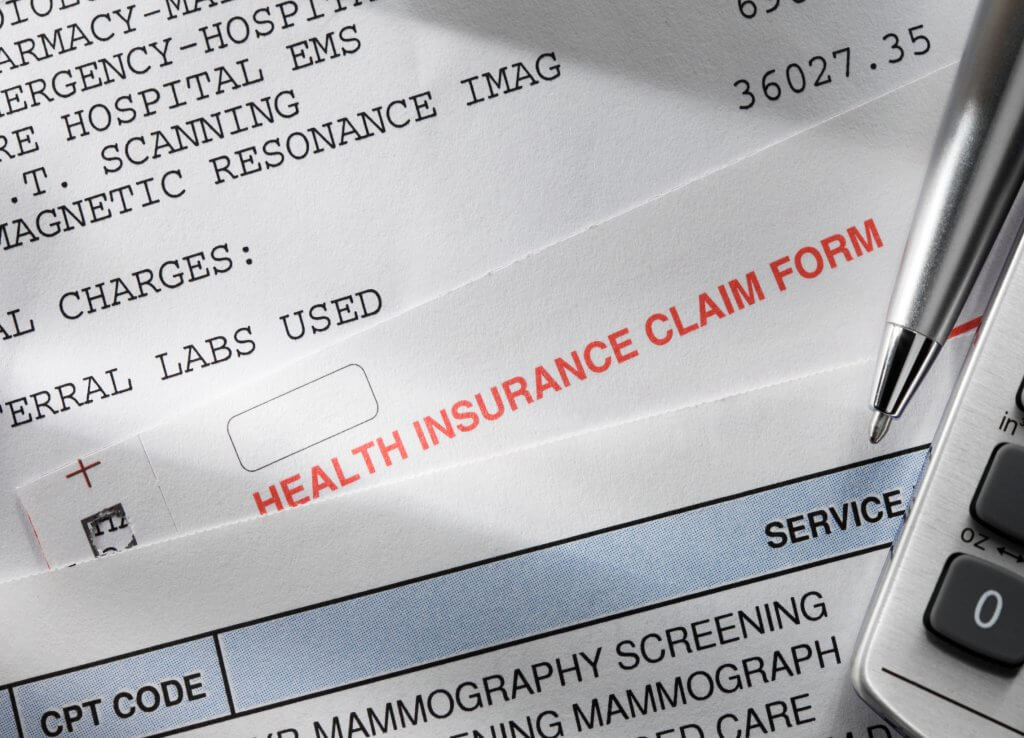An Explanation of Benefits (EOB) statement details information about medical insurance claims. Rather than seeing it as a receipt, it’s an opportunity to ask targeted questions of insurers.
A statement of benefits also allows policyholders to make sure they are not overpaying and are getting the benefits stated within their health insurance plans.
So, what is an EOB? Read on to learn how to read an explanation of benefits statement.
What is an Explanation of Benefits (EOB)?
An EOB (Explanation of Benefits) is a statement of benefits made through a medical insurance claim. Although an EOB statement may look like a medical bill it is not a bill. It’s a series of details on processed medical claims and how much the insurer paid to the healthcare provider.
Whenever a claim is made through a medical insurance plan, a statement of benefits will usually arrive in the mail or via an online patient portal. It also details how much of the overall medical bill falls on the patient’s shoulders. If there are expenses to be paid, such as a deductible, this will be billed separately.
How Does an EOB Work?
Many ordinary Americans have difficulty understanding an explanation of benefits, how they arise, and what action needs to be taken once one is received. Here’s a basic step-by-step guide for how the explanation of benefits statement works.
1. You visit your doctor for an appointment and receive any prescribed treatments.
2. The healthcare provider sends a bill to your medical insurance provider.
3. Your insurer determines how much of the bill they are prepared to pay. Regardless of whether or not you owe anything, you will still receive an explanation of benefits statement.
4. The health insurance provider will pay their portion of the bill directly to the healthcare provider.
5. Your healthcare provider will send you a request for payment for the remaining portion of the bill.
Reading Your Explanation of Benefits
In 2019, 92 percent of Americans had health insurance at some point during the year, according to the United States Census Bureau. This means most Americans have likely received an explanation of benefits and should know how to read an EOB.
Although there may be some differences, the majority of statements are standardized. To interpret an EOB, insurance providers can also be consulted for clarification on anything you don’t understand.
Page One
Page one summarizes the most important details about you and the services you received. Take extra care to inspect the patient details to ensure you haven’t received someone else’s EOB.
The statement should include the following details:
- Medical services rendered and the name of the healthcare provider
- Amount billed
- Discounts applied
- Amount paid by your insurance provider
- Amount not covered
- If applicable, any amounts paid via spending accounts, such as an HRA
- The outstanding amount to be paid by the patient
Page Two
Page two is standardized across most insurers and includes a glossary of the terms found throughout the statement. If you need to file an appeal, your insurer will include instructions on this page regarding how the process works within your state of residence.
Page Three
Page three includes more detailed information regarding the cost of the care you received. When reading a health insurance explanation of benefits statement, take the time to inspect each entry on this page. Make sure the numbers match up with the stated figures on page one.
It’s also good practice to compare your EOB with any subsequent bills you receive to ensure you are not overpaying for services rendered.
Finally, care that is not paid for by the insurer, look up the provisions within your healthcare plan for any discrepancies between the two documents.
Explanation of Benefits FAQs
Receiving a statement of benefits can be intimidating. Although it may be easy to accept what is written at face value, failing to inspect the statement closely may result in overpaying or missing out on important care benefits.
Here are the answers to some of the most common questions people have about these statements.
Do I Pay the Outstanding Amount?
No. An EOB isn’t a bill. You will receive a bill for any outstanding amount owed in due course from your medical provider.
What if I Notice an Error?
Contact your insurer and discuss these errors. Mistakes can and do happen.
What Do I Do with My EOB?
Keep it safe. Many insurers have digitized these statements, so you may not require a paper copy if you already have online access.
What if I Have Not Received a Statement?
Never pay any bill until receiving this statement. Some patients don’t receive this statement because they are required to submit their medical claims themselves. This tends to occur when the doctor’s office doesn’t have any insurance information on file for the patient.
Getting the Healthcare Benefits You Deserve
It is important to know how to read an EOB to avoid being overcharged or being charged for services already covered by your health insurance provider.
Eden Health makes navigating healthcare easy. Learn more about how we help our members solve complex billing questions and more.





